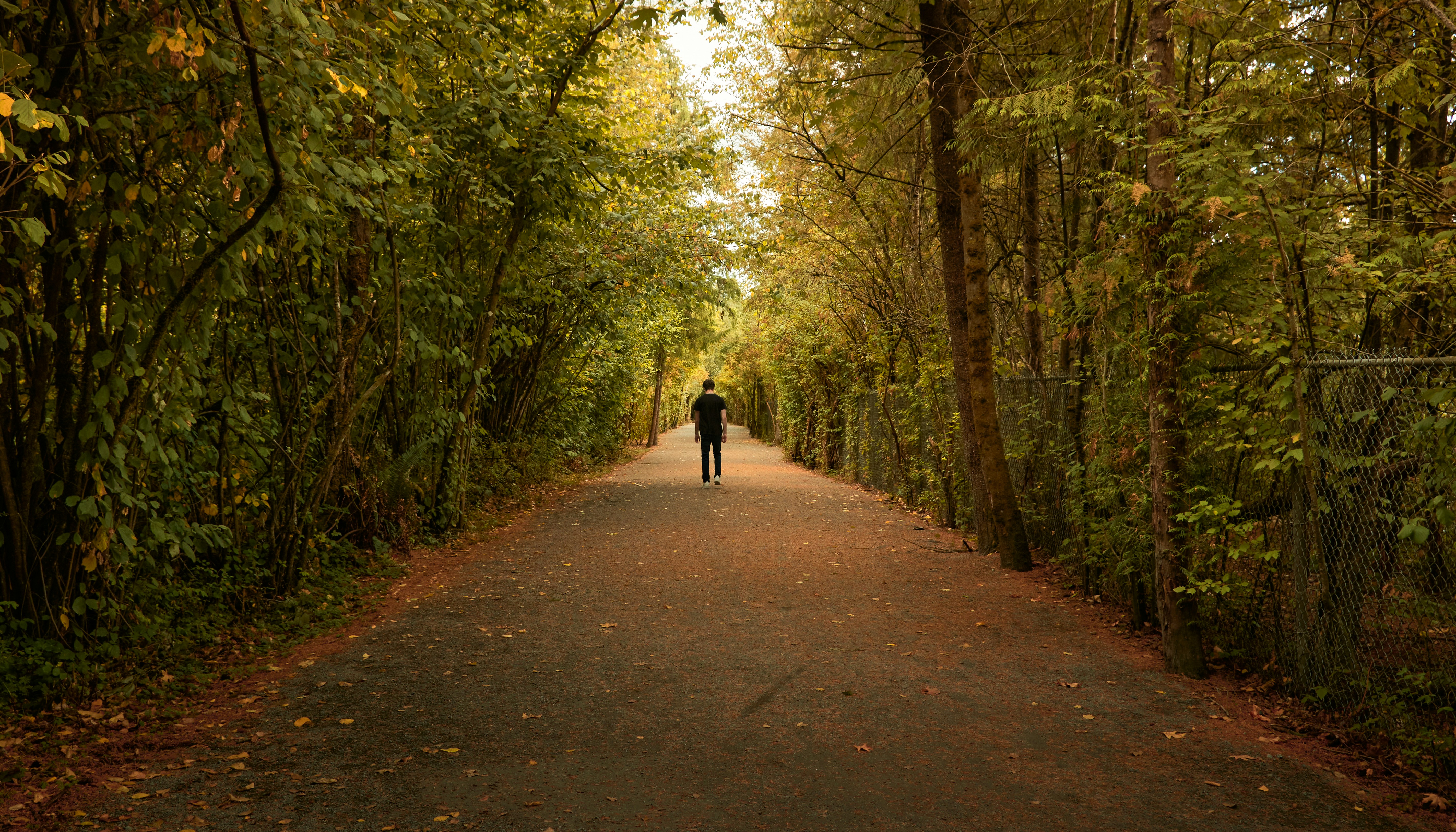
In today’s fast-paced world, where distractions are abundant and stress levels are soaring, mindfulness has emerged as a beacon of calm and clarity. Mindfulness is the art of being fully present in the moment, embracing your thoughts, feelings, and surroundings without judgment. Rooted in ancient traditions but increasingly backed by modern science, mindfulness offers numerous benefits, from reduced stress to enhanced focus and emotional well-being. Incorporating mindfulness practices into your daily routine doesn’t require hours of effort—it’s about making small, intentional changes that lead to a more balanced and fulfilling life. In this post, we’ll explore practical mindfulness techniques that can help you cultivate inner peace and resilience.
1. Mindful Breathing
Mindful breathing is one of the simplest yet most effective mindfulness practices. It involves focusing your attention on the natural rhythm of your breath, bringing you into the present moment. To start, find a quiet place, sit comfortably, and take slow, deep breaths. Pay attention to the sensation of the air entering your nostrils, filling your lungs, and leaving your body. If your mind wanders, gently guide it back to your breathing without frustration. This practice not only calms your nervous system but also strengthens your ability to focus, making it an excellent tool for reducing stress and anxiety.
2. Body Scan Meditation
The body scan is a powerful way to tune into physical sensations and release tension. Begin by lying down or sitting in a comfortable position. Close your eyes and slowly bring your attention to different parts of your body, starting from your toes and moving upward to the crown of your head. Notice any sensations, tightness, or areas of discomfort without trying to change them. The goal is to develop awareness and foster relaxation. Regular practice of the body scan can improve your mind-body connection, reduce stress, and help you notice early signs of physical or emotional tension.
3. Mindful Eating
Incorporating mindfulness into mealtimes can transform the way you experience food. Mindful eating encourages you to slow down and savor every bite. Start by observing the colors, textures, and aromas of your food before taking a bite. Chew slowly, noticing the flavors and sensations as they unfold. Avoid distractions like television or your phone while eating, as they can detract from the experience. This practice not only enhances your enjoyment of food but also helps with better digestion and portion control. Over time, it can improve your relationship with food and support healthier eating habits.
4. Walking Meditation
Walking meditation combines physical activity with mindfulness, making it a versatile practice for people with busy schedules. To begin, choose a quiet path or trail where you can walk undisturbed. Focus on the sensation of your feet touching the ground, the rhythm of your steps, and the sounds around you. Walk slowly and deliberately, allowing your mind to settle into the present moment. If your thoughts stray, gently bring your attention back to the act of walking. This practice can be especially grounding and is an excellent way to incorporate mindfulness into your day while staying active.
5. Gratitude Journaling
Mindfulness extends beyond the present moment; it also involves cultivating a positive mindset. Gratitude journaling is a practice where you reflect on and write down things you’re thankful for. Set aside a few minutes each day, preferably in the morning or before bed, to jot down three to five things you appreciate. They can be as simple as a good cup of coffee or as profound as a supportive friend. This habit helps shift your focus from what’s lacking in your life to what’s abundant. Over time, it can enhance your sense of well-being and make you more resilient to stress.
6. Loving-Kindness Meditation
Loving-kindness meditation, or metta meditation, is a practice focused on fostering compassion for yourself and others. Begin by sitting comfortably and bringing to mind someone you care about deeply. Silently repeat phrases like, “May you be happy. May you be healthy. May you be safe.” Gradually extend these wishes to yourself, acquaintances, and even those you may have conflicts with. This practice cultivates empathy, reduces feelings of anger or resentment, and promotes emotional healing. It’s a powerful way to enhance your relationships and develop a kinder outlook on life.
7. Mindful Technology Use
In an era dominated by smartphones and constant connectivity, mindful technology use is essential. Set intentional boundaries with your devices by scheduling screen-free time each day. When using technology, focus on one task at a time rather than multitasking. Pay attention to how certain apps or interactions make you feel and consider removing those that add unnecessary stress. This practice helps reduce digital overwhelm, enhances productivity, and allows you to be more present in your offline life. Over time, it fosters a healthier relationship with technology.
Conclusion
Mindfulness is not a one-size-fits-all solution; it’s a journey of self-discovery and intentional living. By integrating practices like mindful breathing, body scans, and gratitude journaling into your routine, you can create a sanctuary of calm amid life’s chaos. These techniques not only reduce stress and improve focus but also deepen your connection with yourself and others. Remember, the key to mindfulness is consistency and patience—start small and build from there. As you cultivate mindfulness, you’ll discover that the present moment is a powerful place to be, rich with opportunities for growth, joy, and inner peace.
By embracing mindfulness, you’re not just enhancing your own well-being—you’re contributing to a more compassionate and present world. Take a deep breath, and let the journey begin.



